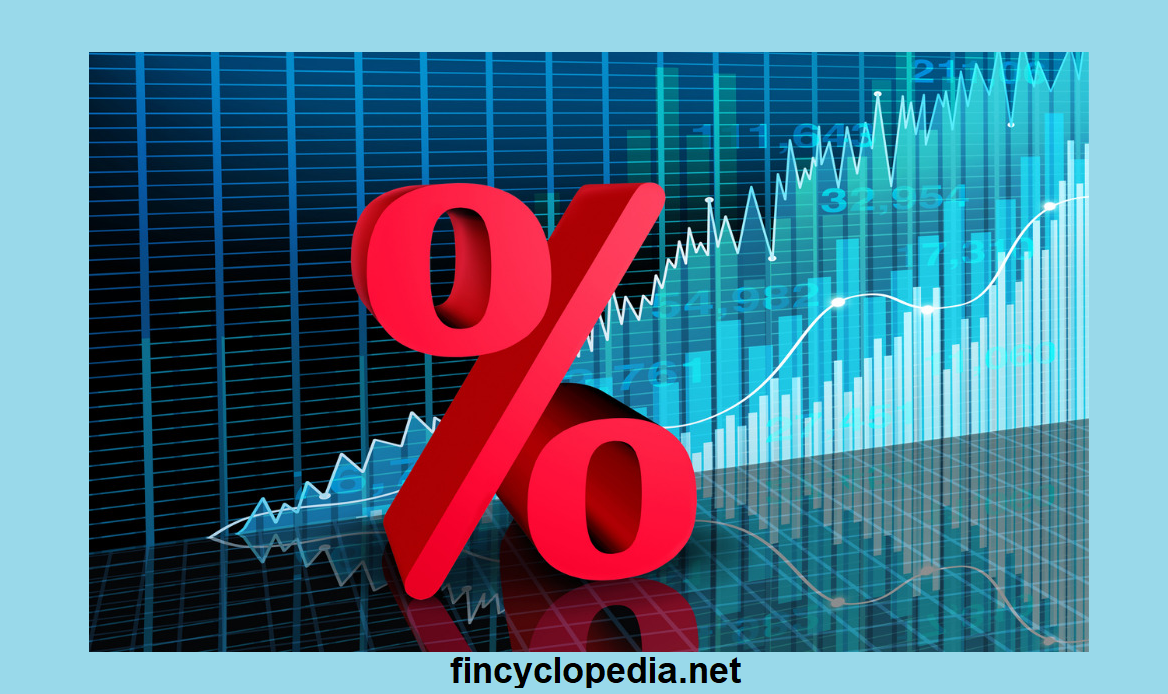A financial instrument that combines at least one derivative contract with underlying assets such as stocks and fixed-income securities. It is a hybrid instrument that consists of at least two financial components: usually an equity competent and a debt competent.
Structured product = equity component + debt component
The equity component is equivalent to a long-term option, while the debt component is equivalent to a debt security (like a bond).
Structured products are very much similar to derivatives in the sense that both types of products have an underlying. The value of the underlying is typically set against a given strike price in order to determine the eventual outcome or performance of the product: if the underlying price is less or equal to the strike price, the holder will get the strike price. Otherwise, the holder will get the underlying instrument.
In general, structured products can be classified as (1) capital protected products (capital guaranteed/ principal guaranteed products) and (2) non-capital protected products (non-principal guaranteed products).
In the first group of structured products, the holder can ensured of repayment of the principal, partially or fully depending on the structure, while the holder may also have some degree of participation in the performance of the underlying instrument.
The second group of structured products come with no capital guarantee, but at the same time can provide a better return (a better level of participation).





